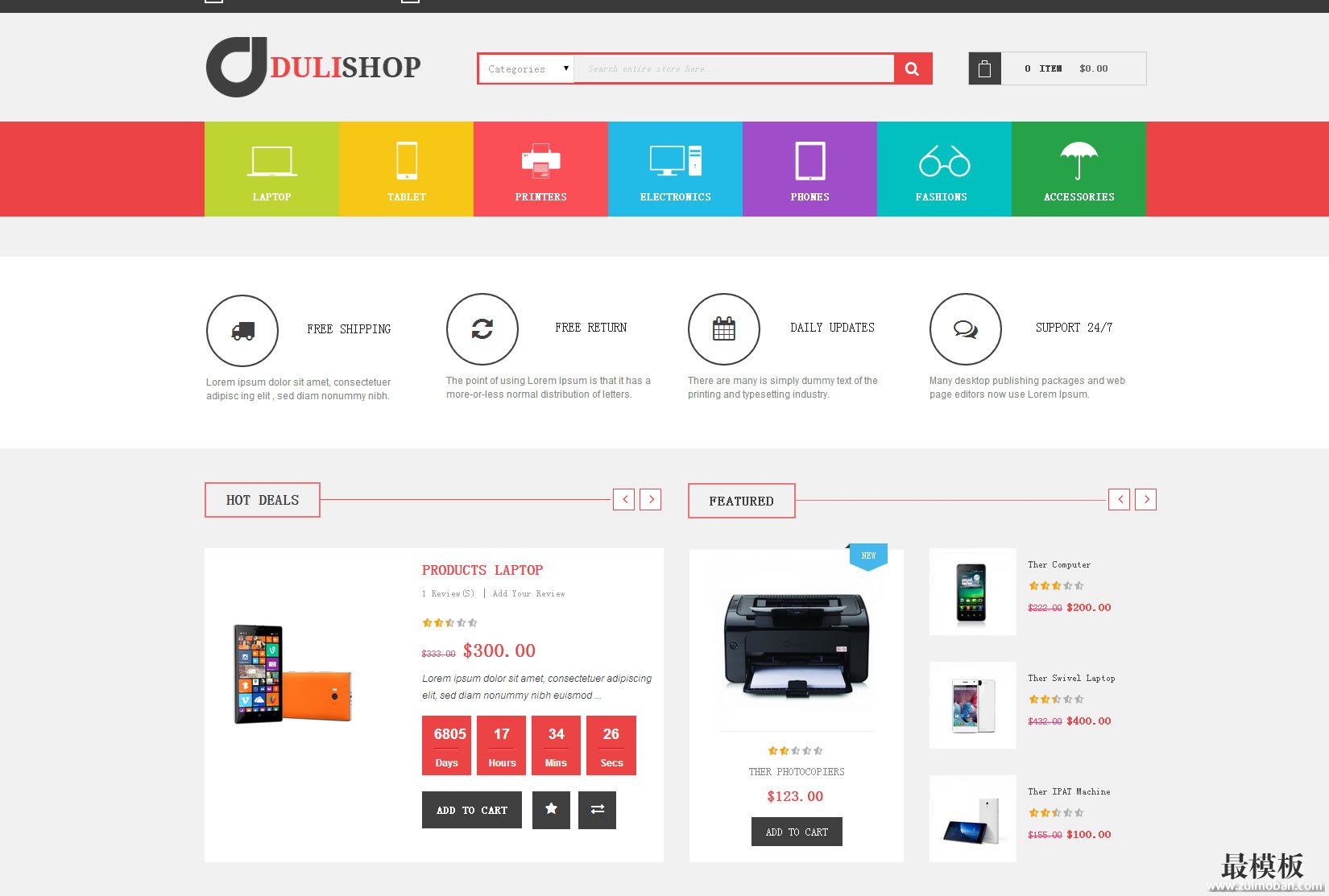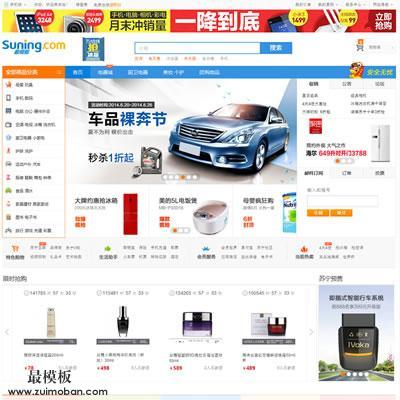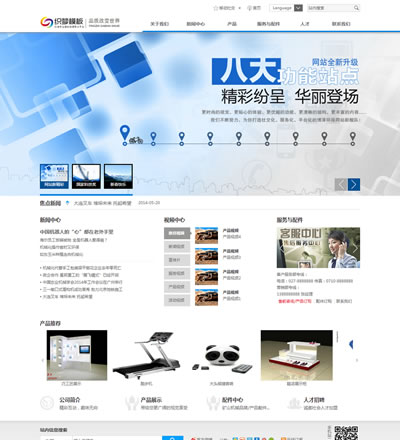最近公司新项目上线,需要数据库搬迁,但新版本和老版本数据库差距比较大,关系也比较复杂。如果用传统办法,需要撰写很多mysql脚本,工程量虽然不大,但对于没有dba的公司来说,稍微有点难度。本人就勉为其难,用redis作为mysql中转站,先把原来的mysql数据转移到redis里面,再从redis转换到新的mysql。整个过程脉络清晰,脚本简单。 首先,公司之前的项目是,flask+sqlalchemy的方式,直接复制原来的model文件,稍微修改一下,就有以下代码。
# coding:utf-8
from sqlalchemy import create_engine, ForeignKey, Column, Integer, String, Text, DateTime, Boolean, and_, or_,\
SmallInteger, func, Numeric, select, Float, Table, TIMESTAMP, DECIMAL, desc
from sqlalchemy.orm import relationship, backref, sessionmaker, scoped_session
from sqlalchemy.ext.declarative import declarative_base
from sqlalchemy.ext.hybrid import hybrid_property, hybrid_method, Comparator
from sqlalchemy import event
import redis
import json
mysql_info = "mysql://username:password@ip_address:3306/databasename?charset=utf8"
redis_store = redis.Redis(host='127.0.0.1', port=6380, password='password', db=5)
engine = create_engine(mysql_info, pool_recycle=7200)
Base = declarative_base()
class User(Base):
__tablename__ = 'user'
id = Column('id', Integer, primary_key=True)
phone_number = Column('phone_number', String(11), index=True)
password = Column('password', String(30))
nickname = Column('nickname', String(30), index=True, nullable=True)
headpic = Column('headpic', String(100), nullable=True)
register_time = Column('register_time', DateTime, index=True)
email = Column('email', String(50), default='', index=True)
real_name = Column('real_name', String(50), default='', index=True)
user_admin = Column('user_admin', Integer, index=True, default=0)
rc_token = Column('rc_token', String(100))
device_token = Column('device_token', String(100), unique=True, nullable=True)
unit_id = Column('unit_id', Integer, ForeignKey('unit.id'))
unit = relationship("Unit", backref=backref('users'))
def to_dict(self):
return dict(id=self.id, phone_number=self.phone_number,
password=self.password, nickname=self.nickname,
headpic=self.headpic, register_time=self.register_time.strftime('%Y-%m-%d %H:%M:%S'),
user_admin=self.user_admin, rc_token=self.rc_token,
unit_id=self.unit_id, device_token=self.device_token,
)
class Group(Base):
__tablename__ = 'groups'
id = Column('id', Integer, primary_key=True)
name = Column('name', String(100), index=True)
address = Column('address', String(100), index=True, nullable=True)
contact_person = Column('contactperson', String(30), nullable=True)
contact_number = Column('contactnumber', String(30), nullable=True)
unit_id = Column('unit_id', Integer, ForeignKey('unit.id'))
unit = relationship('Unit', backref=backref('groups'))
class Monitor(Base):
__tablename__ = 'monitor'
id = Column('id', Integer, primary_key=True)
u_id = Column('sn_num', String(10), index=True)
phone_num = Column('phone_num', String(20), index=True, nullable=True)
name = Column('name', String(40), index=True, nullable=True)
position = Column('position', String(40), nullable=True)
join_time = Column('join_time', DateTime, index=True, nullable=True)
group_id = Column('group_id', Integer, ForeignKey('groups.id'))
group = relationship("Group", backref=backref('monitors'))
longitude = Column('longitude', DECIMAL(12, 9), default=31.000000)
latitude = Column('latitude', DECIMAL(12, 9), default=121.000000)
def to_dict(self):
unit_id = self.group.unit_id
return dict(id=self.id, u_id=self.u_id, phone_num=self.phone_num, name=self.name,
position=self.position, join_time=self.join_time.strftime('%Y-%m-%d %H:%M:%S'), unit_id=unit_id,
longitude=str(self.longitude), latitude=str(self.latitude))
class Unit(Base):
__tablename__ = 'unit'
id = Column('id', Integer, primary_key=True)
name = Column('name', String(100), index=True, nullable=True)
address = Column('address', String(100), index=True, nullable=True)
contact_person = Column('contactperson', String(30), index=True, nullable=True)
contact_number = Column('contactnumber', String(30), nullable=True)
device_operation_password = Column('device_operation_password', String(4), nullable=True)
rc_group_id = Column('rc_group_id', String(50), index=True, nullable=True)
rc_group_name = Column('rc_group_name', String(50), index=True, nullable=True)
longitude = Column('longitude', DECIMAL(12, 9), nullable=True)
latitude = Column('latitude', DECIMAL(12, 9), nullable=True)
active = Column('active', SmallInteger, index=True, default=0)
def to_dict(self):
return dict(id=self.id, name=self.name, address=self.address,
contact_person=self.contact_person, contact_number=self.contact_number,
device_operation_password=self.device_operation_password,
rc_group_id=self.rc_group_id, rc_group_name=self.rc_group_name,
longitude=str(self.longitude), latitude=str(self.latitude), active=self.active)
db_session = scoped_session(sessionmaker(autocommit=False,
autoflush=False,
bind=engine))
Base.query = db_session.query_property()
def old_sql_2_redis():
redis_store.flushdb()
units = Unit.query.all()
[redis_store.rpush('units', json.dumps(unit.to_dict())) for unit in units]
users = User.query.all()
[redis_store.rpush('users', json.dumps(user.to_dict())) for user in users]
monitors = Monitor.query.all()
[redis_store.rpush('monitors', json.dumps(monitor.to_dict())) for monitor in monitors]
if __name__ == '__main__':
old_sql_2_redis()
把原来的数据库复制到本地redis了,看查看里面的元素。比如user数据,直接建一个user的list,每个appened其json格式的数据就可以了。主要注意点就是,如果新版本的表中没有的字段,就不要写入的redis了。
第二步就是把本地redis里面的数据,放到新的数据库上。这边要注意以下,把需要修改的地方要标示出来,可能加了其他字段,这些字段没有默认值的话,要自己添加上。过程也比较简单。
# coding:utf-8
from sqlalchemy import create_engine, ForeignKey, Column, Integer, String, Text, DateTime, Boolean, and_, or_,\
SmallInteger, func, Numeric, select, Float, Table, TIMESTAMP, DECIMAL, desc
from sqlalchemy.orm import relationship, backref, sessionmaker, scoped_session
from sqlalchemy.ext.declarative import declarative_base
from sqlalchemy.ext.hybrid import hybrid_property, hybrid_method, Comparator
from sqlalchemy import event
import redis
import json
import datetime
import uuid
mysql_info = "mysql://username:password@ip_address:3306/database_name?charset=utf8"
redis_store = redis.Redis(host='127.0.0.1', port=6380, password='password', db=5)
engine = create_engine(mysql_info, pool_recycle=7200)
Base = declarative_base()
class User(Base):
__tablename__ = 'user'
id = Column('id', Integer, primary_key=True)
phone_number = Column('phone_number', String(11), index=True)
password = Column('password', String(30))
nickname = Column('nickname', String(30), index=True, nullable=True)
headpic = Column('headpic', String(100), nullable=True)
register_time = Column('register_time', DateTime, index=True, default=datetime.datetime.now)
user_admin = Column('user_admin', SmallInteger, index=True, default=0)
hidden_user = Column('hidden_user', SmallInteger, index=True, default=0)
rc_token = Column('rc_token', String(100), nullable=True)
device_token = Column('device_token', String(100), unique=True, nullable=True)
unit_id = Column('unit_id', Integer, ForeignKey('unit.id'))
unit = relationship('Unit', backref=backref('users'))
class Monitor(Base):
__tablename__ = 'monitor'
id = Column('id', Integer, primary_key=True)
# device_type 1代表灭弧 2代表电气火灾
device_type = Column('device_type', SmallInteger, index=True, default=1)
u_id = Column('sn_num', String(10), index=True)
phone_num = Column('phone_num', String(20), index=True, nullable=True)
name = Column('name', String(40), index=True)
position = Column('position', String(40), nullable=True)
join_time = Column('join_time', DateTime, index=True)
longitude = Column('longitude', DECIMAL(12, 9), default=31.000000)
latitude = Column('latitude', DECIMAL(12, 9), default=121.000000)
unit_id = Column('unit_id', Integer, ForeignKey('unit.id'))
class Unit(Base):
__tablename__ = 'unit'
id = Column('id', Integer, primary_key=True)
name = Column('name', String(100), index=True)
address = Column('address', String(100), index=True, nullable=True)
contact_person = Column('contactperson', String(30), nullable=True)
contact_number = Column('contactnumber', String(30), nullable=True)
device_operation_password = Column('device_operation_password', String(4), default='1234')
rc_group_id = Column('rc_group_id', String(36), default=str(uuid.uuid1()))
rc_group_name = Column('rc_group_name', String(50), nullable=True)
longitude = Column('longitude', DECIMAL(12, 9), default=31.000000)
latitude = Column('latitude', DECIMAL(12, 9), default=121.000000)
active = Column('active', SmallInteger, index=True, default=0)
is_group = Column('is_group', SmallInteger, index=True, default=0)
parent_id = Column('parent_id', Integer, ForeignKey('unit.id'))
db_session = scoped_session(sessionmaker(autocommit=False,
autoflush=False,
bind=engine))
Base.query = db_session.query_property()
def redis_2_new_sql():
units_json = redis_store.lrange('units', 0, -1)
units = [Unit(is_group=0, parent_id=None, **json.loads(unit_json)) for unit_json in units_json]
[db_session.add(unit) for unit in units]
try:
db_session.commit()
except Exception as e:
print e
db_session.rollback()
return
users_json = redis_store.lrange('users', 0, -1)
users = [User(hidden_user=0, **json.loads(uer_json)) for uer_json in users_json]
[db_session.add(user) for user in users]
try:
db_session.commit()
except Exception as e:
print e
db_session.rollback()
return
monitors_json = redis_store.lrange('monitors', 0, -1)
monitors = [Monitor(**json.loads(monitor_json)) for monitor_json in monitors_json]
[db_session.add(monitor) for monitor in monitors]
try:
db_session.commit()
except Exception as e:
print e
db_session.rollback()
return
if __name__ == '__main__':
redis_2_new_sql()
整个过程相当简单,需要注意的就是,前后顺序,因为user和monitor都有一个外键指向unit,所以要先恢复unit表,这样就不会出错了。 看来以后我有新方法搬迁数据库了。 (责任编辑:最模板) |
利用redis协助mysql数据库搬迁
时间:2016-03-24 14:02来源:未知 作者:最模板 点击:次
最近公司新项目上线,需要数据库搬迁,但新版本和老版本数据库差距比较大,关系也比较复杂。如果用传统办法,需要撰写很多mysql脚本,工程量虽然不大,但对于没有dba的公司来说
顶一下
(0)
0%
踩一下
(0)
0%
------分隔线----------------------------
- 热点内容
-
- MySQL主从复制出现Slave_IO_Running,S
mysql replication 中slave机器上有两个关键的进程,死一个都不行,...
- MySQL 5.7 新的权限与安全问题
SQL Error (1130): Host 192.168.1.100 is not allowed to connect to this MySQL serv...
- MySQL replace into的使用细则
在Oracle中有merge into的语法,可以达到一个语句完成同时修改,添...
- ubuntu mysql允许远程连接
第一步: /etc/mysql/my.cnf 中找到bind-address = 127.0.0.1 注释掉这行,...
- 记一次mysql双主配置
在linode有一台vps,之前的博客在这台上,后来迁回国内,现在就...
- MySQL主从复制出现Slave_IO_Running,S
- 随机模板
-
-
 Dulishop专业性Magento高科技
人气:134
Dulishop专业性Magento高科技
人气:134
-
 ecshop仿苏宁易购带团购2
人气:1325
ecshop仿苏宁易购带团购2
人气:1325
-
 织梦dede机械设备公司企业
人气:3257
织梦dede机械设备公司企业
人气:3257
-
 shopex仿好乐买模板
人气:749
shopex仿好乐买模板
人气:749
-
 仿Zakka雜貨網ecshop模板
人气:534
仿Zakka雜貨網ecshop模板
人气:534
-
 ecshop仿m18麦考林2012版模板
人气:1009
ecshop仿m18麦考林2012版模板
人气:1009
-
